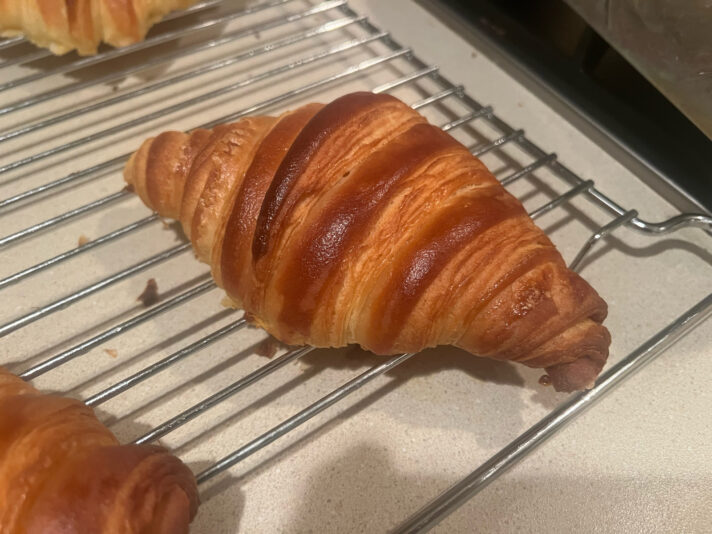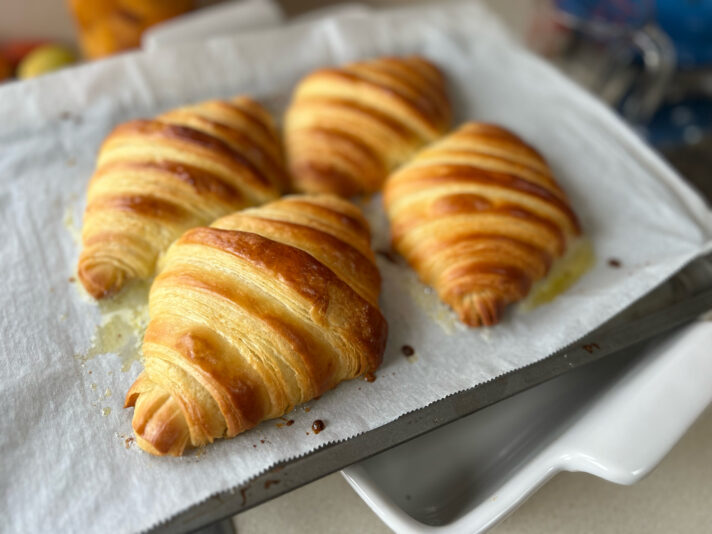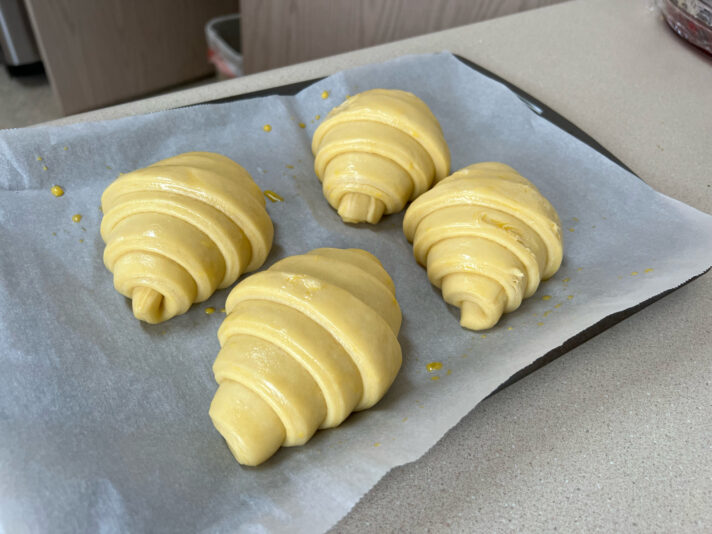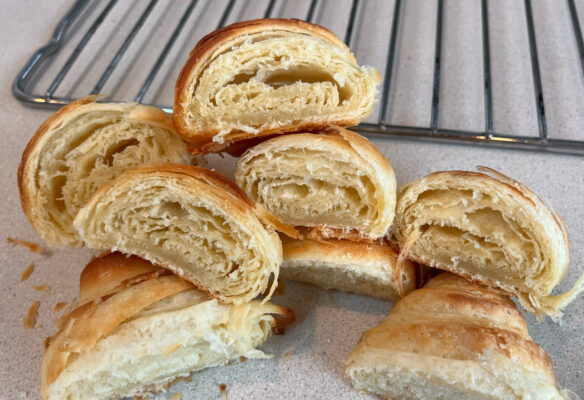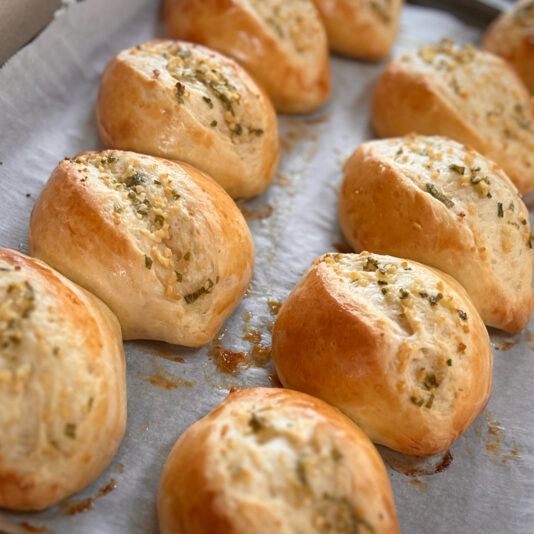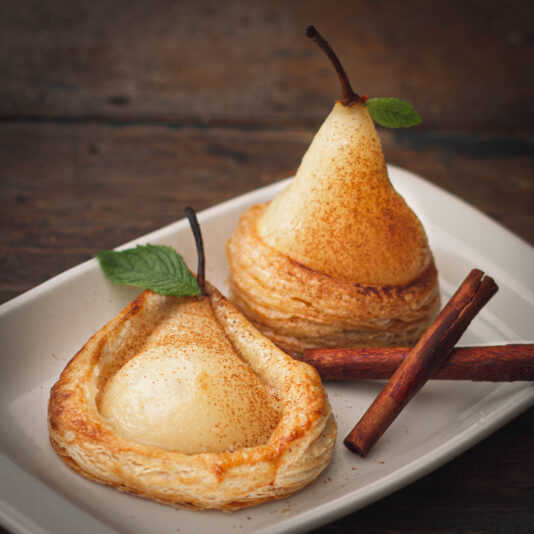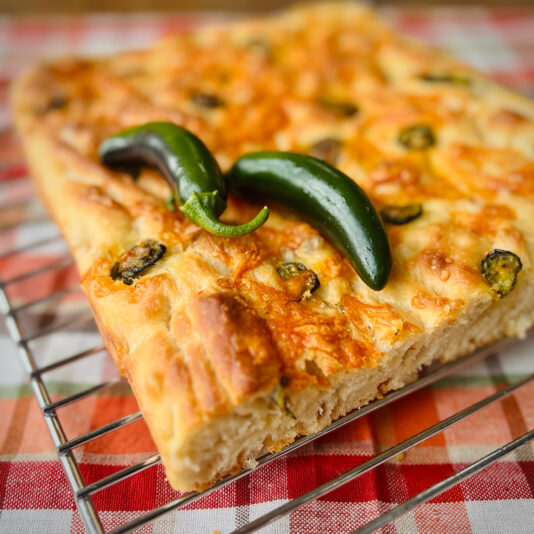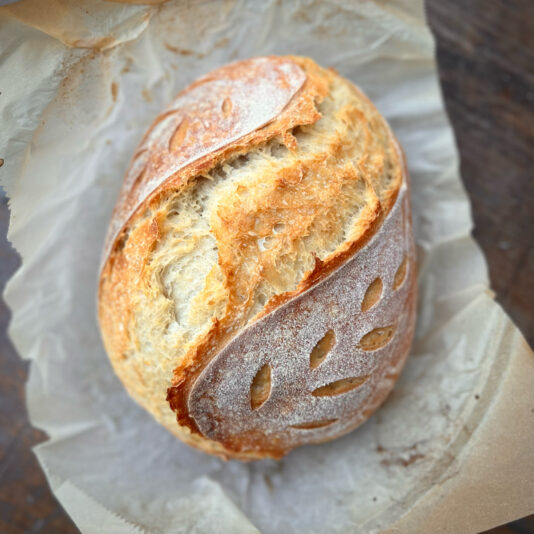Scoolinary › Forums › Ask a question › Croissant issues
-
Croissant issues
Escrito por Clint Janson on noviembre 26, 2023 en 05:13We’re following Antonio Bachour’s class and recipe for croissants and keep falling short. We’re using dry yeast instead of fresh. 12.5% flour, 84% butter fat butter.
I think it’s the low humidity in our area, probably only 20-25%. Any thoughts or suggestions would be appreciated!
Cary B respondió hace 1 año, 3 meses 6 Miembros · 18 Respuestas -
18 Respuestas
-
Level:
 Scoolinary Team
Scoolinary Team
Hi, @clint-janson
Humidity affects the moisture content of the dough during the baking process. If the humidity level is too high, the dough can become sticky and difficult to handle. On the other hand, low humidity can cause the dough to become dry, dense, resulting in poor texture and flavor. Moisture control ensures consistent dough consistency, leading to better quality baked goods.
I don’t know if it is possible that you can get a thermohygrometer, which is an instrument that is used to measure the temperature and relative humidity of an environment, that would help you control the humidity.
Tell us, do you have a fermentation chamber or how do you ferment your croissant?Greetings.
-
Thank you for your reply.
I am just letting them proof in a small room with the heat set at 77 degrees.
I will try to proof them in the oven with a pan of warm water to increase the humidity next.
-
-
-
Level:
 Scoolinary Team
Scoolinary Team
Hi, @clint-janson
think the fault may be in the laminate.
One of the most important characteristics of croissants is their layered structure. A croissant is a bread with a large number of very thin and crispy layers of dough, with a space between them.
In both cake batters and croissants, it is the butter that is responsible for this flaky or layered structure. When you bake the croissants in the oven, the butter will melt. The butter prevents the two layers of flour from coming together, fusing, and where the butter used to be there will be a slight air pocket. The fat will flow with the dough.
Without a good lamination or a good distribution of the butter, these layers will never form and you will end up with a croissant with few layers and no flaky pastry.
We are going to wait for the opinion of our colleagues so that they can provide more information to your query.
Greetings.
-
-
-
Level:
 Scoolinary Team
Scoolinary Team
Hi, @clint-janson
A good croissant is one with very marked puff pastry, those lines that give it crunch and flavor. When we see a croissant that looks like a brioche, it may be because the turns were not executed well or that the croissant-making process was done quickly or the flour is bad.
The essential factor to distinguish a good croissant from a bad one is the quality of the ingredients. The flour must have a lot of gluten and the butter must be very well chosen. No margarines, which make the process cheaper, in the end spoil the result and are also less healthy.
Another fundamental factor is the process. To get the best artisanal croissant, longer fermentations and rests must be carried out.
Laminating should be done cold, so that the butter does not melt in the process. There are many small points, but the sum of all of them is how you get a good croissant.
Greetings.-
I am using Shepards grain low-gluten bread flour. It’s a hard red winter wheat flour that is 12.2% protein, which is in the range suggested (12-13%)
– The butter is Kerrygold pure Irish unsalted butter at 82% butterfat.
– The yeast is red star active dry yeast.
– Morton’s natural Sea salt
Any suggestions on better ingredient options?
Thank you!
-
-
Level:
 Scoolinary Team
Scoolinary Team
Hi @clint-janson Welcome to our Community. Please tell us where are you from.
I love seeing you persist and keep trying; that’s definitely the path to progress and success
Please tell us if Sussan’s last recommendations helped you.
I invite you to share photos of what you’re working on in our feed.
We absolutely love seeing your creative process. We enoy it so much we’ve created an award; the #ScoolistarStar. If your pic gets one, we’ll upload it on our Instagram stories and add it to our ‘Culinary Hall of Fame’.
You may also join our challenges: we launch one every two weeks, and you may win a Scoolinary apron.
Take care!
-
-
Level:
 Scoolinary Team
Scoolinary Team
I can easily see you are exceptional at everything else @clint-janson
Our community members never cease to amaze us. Best of luck with your upcoming opening!
I got to tell you you just won your first #ScooliStar, my friend. Could you describe the one with the
? Is it a Focaccia? Did you use our Scoolinary recipe? Nice job on the fantastic pics! If you’re up for it, we’ll post it on our Instagram stories and feature it in our “Culinary hall of fame” (under highlights).
Feel free to share your Instagram handle (@) with us if you want a mention!
-
Thank you!! Yes you can share in your instagram. Here’s our link.
https://instagram.com/leaven_bakerydp?igshid=OGQ5ZDc2ODk2ZA%3D%3D&utm_source=qr
The focaccia is a recipe I found on instagram. We’ll try yours next!
Thank you for the kind compliments!
instagram.com
Welcome back to Instagram. Sign in to check out what your friends, family & interests have been capturing & sharing around the world.
-
Level:
 Scoolinary Team
Scoolinary Team
-
-
-
-
-
Hi Clint, sorry to hear about your croissants challenges. To me, it looks as though the dough lamination failed, stretching the butter too thinly and breaking it up, so as to incorporate it into the dough, which would prevent the flaky layers and open crumb from forming.
I wonder whether you’ve seen this article on the King Arthur website? https://www.kingarthurbaking.com/blog/2021/10/19/fewer-folds-makes-better-croissants
If making some of the suggested tweaks to your technique results in a more open structure, at least that can help rule out possible issues with the ingredients or the humidity.
I hope that you will find a solution and that you will share it with us when you do, as I am very curious to discover the culprit of the bready texture. All the best!
kingarthurbaking.com
When less is more: Why fewer folds make a better croissant
The surprising secret to better, flakier croissants is doing less work and making fewer folds when laminating your dough. Learn how our test kitchen discovered this pastry shortcut.
-
Level:
 Scoolinary Team
Scoolinary Team
Hi, @clint-janson
I don’t know the brands you mention about the ingredients you use, but they seem to be of good quality. Learning to prepare croissants is sometimes a bit complicated, it requires a lot of practice to be able to handle and learn the technique. There are many points that must be considered for its preparation, from the temperature of the ingredients before making the dough to obtaining the final product.
I know that with practice you will be able to master the technique.
If you have any questions we will be available to help you.Greetings.
-
Keep your butter cold, pre roll it eg from 10mm to 8mm to make it flexible. Also try other methods for butter lock in. Bachour method of 1 x ‘false’ fold , 5 fold is not what i would call common.
Try 1 x double fold, 1 x single fold.
Or 3 x single folds.
Good luck
-
Level:
 Scoolinary Team
Scoolinary Team
-
If you are doing a book and a single fold, or three single folds, I recommend the French method of inlaying the butter at the start of lamination.
I was skeptical about Antonio’s method, but it works extremely well.
-
-
Hi Clint.
I make sure my dough is colder than my butter sheet.
Once I have placed the butter onto the dough, I then do my folds. The soft butter spreads much easier.
Log in to reply.



